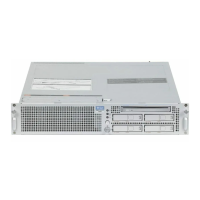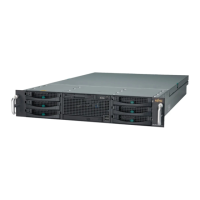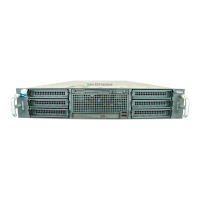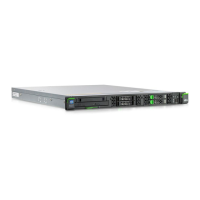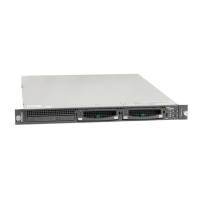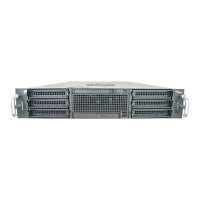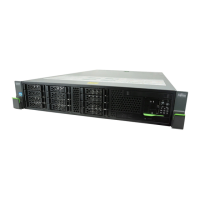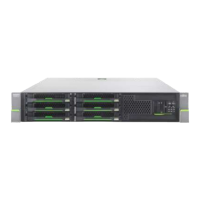Replication Performing Data Replication
U41840-J-Z125-7-76 345
3. On the source system, create a new share or partition with deduplication enabled (see
"Adding a NAS Share" on page 190 or "Adding a VTL Partition" on page 207).
4. Enable replication for the new share or partition (see "Enabling Replication For a Share
or Partition" on page 350).
5. Before writing any data to the new share or partition, replicate the new share or partition
(see "Replicating a Share or Partition" on page 353).
Fujitsu Technology Solutions recommends that you always replicate a new share or
partition immediately after creating it. This establishes the initial data structure on the
target system and greatly increases the speed of the first replication.
6. Choose one of the following methods to regularly replicate the new share or partition:
● (Recommended) Use the Scheduler page to set up a schedule for performing repli-
cation automatically after backups complete (see "Scheduling a Share or Partition
for Replication" on page 281).
● Manually perform replication at frequent intervals (see "Replicating a Share or
Partition" on page 353).
After replication, a snapshot is sent to the target system. You can use the snapshot to
recover the replicated share or partition on the target system (see "Task Overview: Recov-
ering a Replicated Share or Partition" on page 346) or restore the share or partition to its
original location on the source system (see "Task Overview: Performing a Share or Partition
Failback" on page 347).
V
CAUTION!
If you do not configure a replication schedule or manually replicate the share or
partition on a regular basis, your data is not protected. While the ETERNUS CS800
continually sends data to the target system in the background to optimize the
replication process, a snapshot that preserves the complete structure of your data
is sent to the target system only when a scheduled or manual replication job occurs.
If you do not regularly and frequently replicate your data as described in Step 6
above, it cannot be restored at a later time.
I
To limit the amount of network bandwidth used for replication, enable a constant
throttle (see "Enabling System Throttling" on page 237), or schedule replication
throttling (see "Scheduling Replication Throttling" on page 282).
Task Overview: Setting Up and Performing Directory/File or Cartridge Based
Replication
To automatically replicate directories and files or cartridges from a source system and
immediately recover them for use on a target system:

